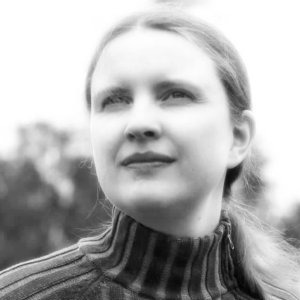
Trees
Alexandra Uitdenbogerd
RMIT University
Alexandra L. Uitdenbogerd (https://sites.rmit.edu.au/alu/) is a Senior Lecturer in the School of Science at RMIT University. Uitdenbogerd completed a B.Sc. degree from the University of Western Australia and a Computer Science Ph.D. from RMIT University in 2002. She has held government (OLT) and privately funded grants in her other research interest of supporting language acquisition, as well as in the automatic optical inspection of circuit boards.
A pioneer in Music Information Retrieval and part of the winning team of the recently completed inaugural Eurovision AI Song Contest, Uitdenbogerd’s research has spanned symbolic melody retrieval, symbolic to audio matching, music genre classification, recommender systems, lyric analysis and matching, algorithmic composition, and sonification. In her slightly less academic life, she composes for, conducts and sings in choirs; writes, performs and records her compositions; self-publishes a comic book in French for beginners with an English-speaking background called Gnomeville; and follows in her father’s footsteps as family historian.
What do programs that manipulate trees sound like? This composition tries to find out. The running of a program is like a narrative: Once upon a time there was a poem about trees. The first word was “I”. It was stored at the root of a binary tree. The second word was “think”. It was stored in a node pointed to by the right pointer of the “I” node. But this was a splay tree, and so the two nodes were rearranged so that “think” was at the root. And so the story continues. The inspiration behind the composition was wondering whether following the construction of a search tree would result in a fractal-like composition, with related patterns occurring, to provide repetition for the listener — a method of providing compositional structure without resorting to existing forms and traditional techniques. A second inspiration behind the work was the idea of sonifying code, to provide feedback to a programmer in a new way, for example, about where possible inefficiencies lie. In the case of the chosen algorithm and data structure, each time two words are compared, the words are repeated for each character that needs to be compared, leading to the sequence “that, think, that, think, that, think” being sung, due to the first three characters needing to be compared. In terms of the concert theme of “music information”, the work communicates information about a computer program via musical output. It also renders musically a method of storing and retrieving information.